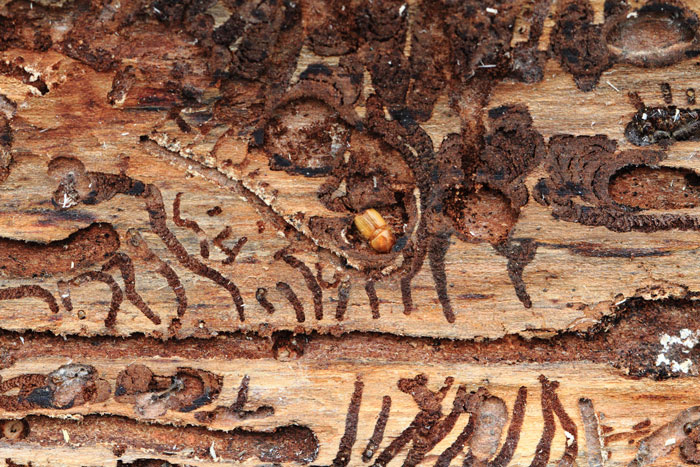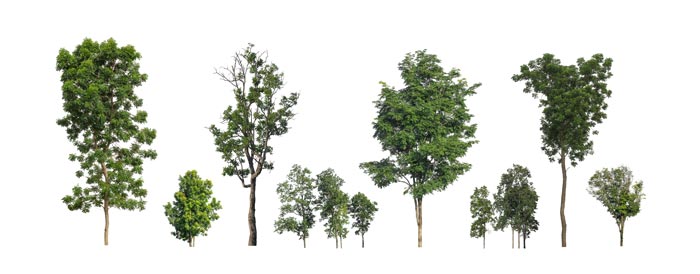ForestPaths will make use of remote sensing and other geospatial data to improve the monitoring of European forests, as well as to improve forest ecosystem modelling. It will use remote sensing data from COPERNICUS, which utilises satellite imagery from the European Space Agency. These will be complemented by data from NASA's Landsat archives.
Pan-European forest disturbance maps

Existing disturbance maps lack proper attribution of disturbances – whether they were caused by wind, fire, bark beetle or human action. ForestPaths has produced annual, wall-to-wall European forest disturbance maps for 1984-2023 with innovative algorithms that allow the attribution of disturbances to their underlying disturbance agent.
Read morePan-European forest composition and structure maps

ForestPaths produced consistent and fine-scale maps of forest composition (e.g., dominant tree species, number of species) and structure (e.g., height, diameter, density, biomass). The spatial mapping of forest composition and structure was achieved by combining satellite with field-based data and other datasets. More information about the European forest composition and structure maps will become available in March 2025.
High conservation value forests in Europe

ForestPaths will map potential high conservation value forests by identifying forest areas subject to limited harvesting in the past four decades which have high biomass carbon stocks, as well as biological and structural diversity.